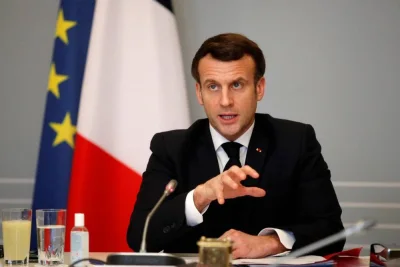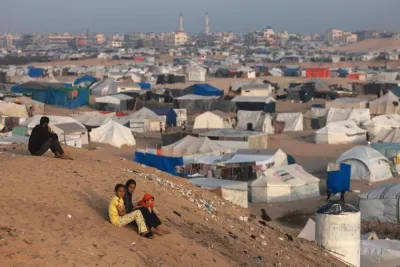A permanent peace, it seems, is still far off as the Ukraine crisis drags on. Yesterday’s fighting between government forces and Russian-backed separatists in eastern Ukraine showed how unstable the situation there is.
Though a ceasefire was declared after peace talks in Minsk, Belarus, in February, skirmishes and violations have continued with a daily mounting casualty toll from fighting mostly north-west of the city of Donetsk and near the coastal town of Mariupol on the Sea of Azov.
Ukrainian President Petro Poroshenko said last week that 83 Ukrainian servicemen had been killed since the ceasefire theoretically came into force in February.
Western powers are clinging to the fraying peace deal in Ukraine and forcing Kiev to follow suit, even though Russian President Vladimir Putin shows no sign of wavering.
The US and European Union are still backing the three-month old ceasefire, despite a growing feeling that it is in its death throes, telling Putin that sanctions will remain if he does not honour his promises.
This offers little consolation to President Poroshenko who, while under pressure at home over a steady loss of troops fighting pro-Moscow rebels in the east, has to keep in diplomatic step with the West whose political and financial help he needs.
Few people in Kiev believe Putin will lessen his support for the separatists in a conflict that has killed more than 6,100 people in just over a year. He may simply be waiting till the EU decides in June on extending sanctions on Russia’s financial, defence and energy sectors before showing his hand.
While it has been sickly from birth, no-one wants to administer the last rites on the ceasefire.
Many Kiev-based political analysts believe that most Europeans are labouring under an illusion.
Some commentators detected a softer tone when US Secretary of State John Kerry met Putin last week. However, the US has accused Russia of failing to withdraw heavy equipment such as air defence systems, tanks and artillery from eastern Ukraine in violation of the Minsk plan.
Nato’s top commander, General Philip Breedlove, told the US Congress last month that Russia’s military might be using the truce to prepare for a new offensive in support of the separatists.
Any new Russian-backed thrust is likely to focus on the coastal city of Mariupol. If it fell, the rebels might be able to open a land corridor to Crimea, which Russia annexed last year.
Many see a fundamental difference of perception between European leaders and Poroshenko. While the EU can live with a patchy ceasefire that avoids large-scale loss of life, Kiev must face the steady flow of casualties and uncertainty over what Putin might do next.
Even the gains achieved under the Minsk deal are flawed. Both sides have pulled back large-calibre guns and tanks from most of the front line, but they are still being used against government troops at the main pressure points, Kiev says.



